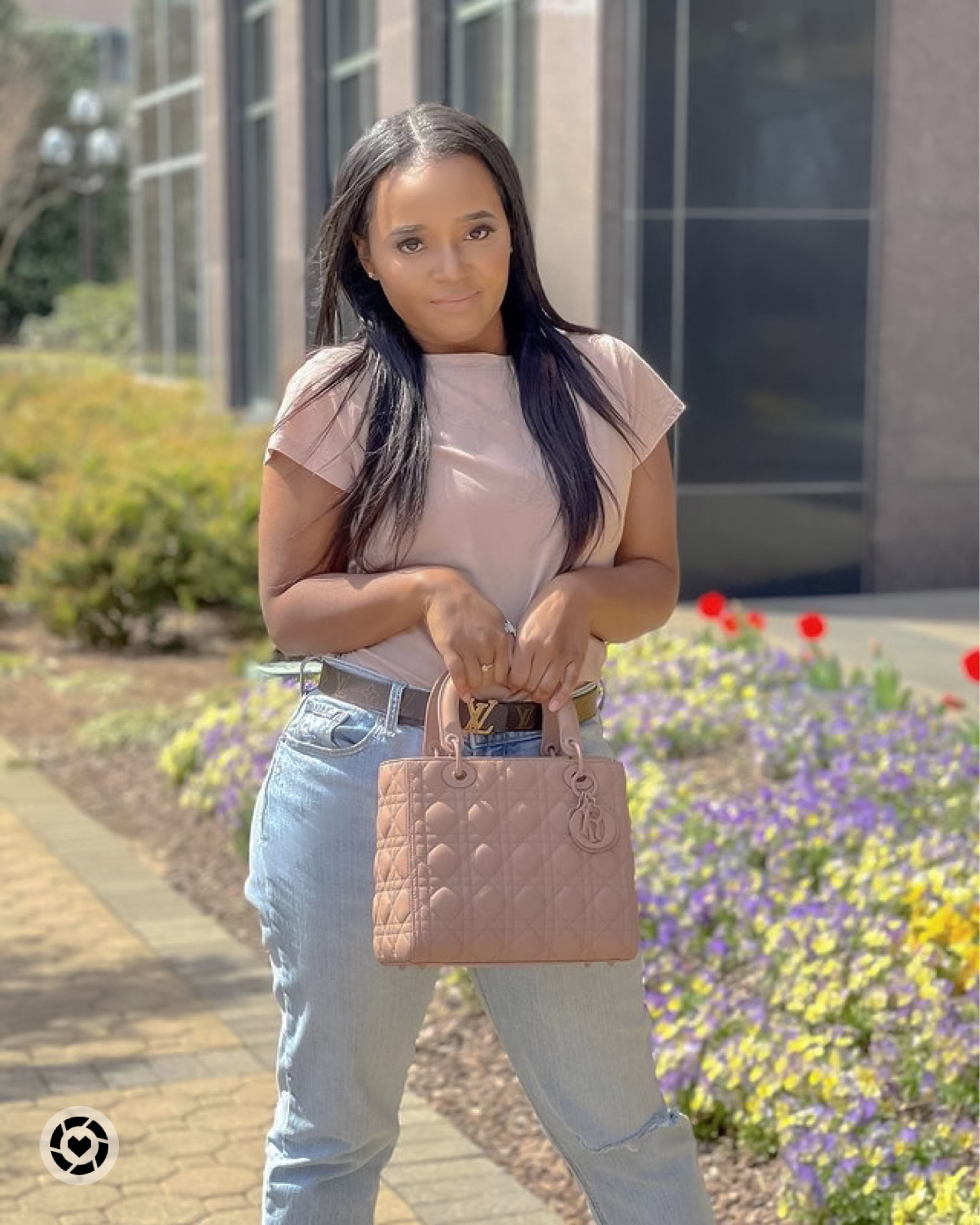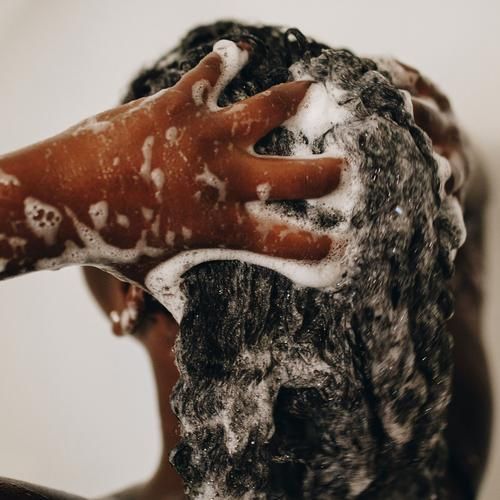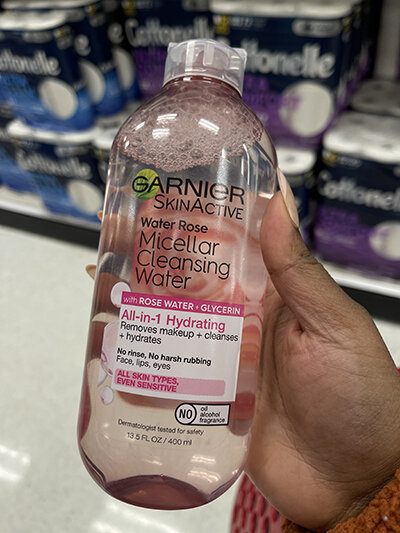How Long Does Your Hair Have To Be for Extensions?


If you’ve ever wondered about the ideal length of your natural hair for extensions, you’re in the right place. I’ll provide you with the information you need to understand the world of hair extensions without any frills. So, take a seat, and let’s get into it!
I’ve worn hair extensions (on and off) since high school. They have revolutionized the beauty industry, offering a quick and versatile solution to achieving longer, fuller hair. Whether you want butt-length or just want to add some extra volume for a special occasion, extensions come in various types and lengths to cater to your unique needs. But the pre-requisite question of “How long does your own hair have to be for extensions?” comes up a lot and needs to be answered before investing in extensions. Let’s discover the world of hair extensions, specifically, different extension types, and find out what length is ideal for your hair type.

Understanding Different Types of Hair Extensions
Before we get into the specifics of hair length, let’s briefly discuss the different length of hair extensions:
Clip-In Extensions: These are temporary extensions that you can attach and remove at will. They work well for adding volume and length and can be applied to hair of various lengths.
Tape-In Extensions: Tape-in extensions are semi-permanent and are typically attached close to the roots. The length of your natural hair type should be at least 3-4 inches for a secure attachment.
Fusion Hair Extensions: Fusion extensions use a keratin extensions bonding method and are suitable for various hair lengths. However, longer hair provides more blending options.
Sew-In Extensions: Also known as weaves, these require your hair to be long enough to create braids to which the extensions are sewn. Longer hair is ideal for this method.
Micro-Link Extensions: These small, metal bead extensions can be used with various hair lengths, but they blend better with hair that is closer to their own length.
Halo Extensions: These are a temporary type of extension that requires no minimum hair length. They sit on top of your ears, head enhancing your natural hair.
The General Rule of Thumb
The ideal length of your hair for extensions depends on the type of extensions you choose. Here’s a general rule of thumb for some of the most popular extension types:
- Clip-In Extensions: When wearing clip-in extensions, a general rule of thumb is to have natural hair that’s at least shoulder length or longer. Longer hair provides a more seamless and natural transition between your own hair and the extensions, ensuring a more cohesive look. The added length from clip-in extensions blends better with longer natural hair, offering more styling versatility.
- Tape-In Extensions: The general rule of thumb for hair type when wearing tape-in extensions is that your natural hair should be at least 3-4 inches in length for a secure attachment. This provides a strong foundation for the tape extensions to adhere properly. Shorter hair may not offer the necessary stability for a seamless blend with tape-in extensions.
- Fusion Hair Extensions: While fusion extensions can be applied to various hair lengths, they blend more effectively with longer hair for a smoother blend. Longer natural hair helps achieve a seamless transition between your own locks and the extensions, ensuring a more natural look. However, with the right application and a skilled stylist, fusion extensions can work well with shorter hair too, allowing for a stunning transformation.
- Sew-In Extensions: Sew-ins allow for shorter or longer natural hair as long as your hair is long enough to create braids to which the extensions will be sewn. Of course, longer hair provides a better foundation for sew-in extensions, allowing for a more secure attachment and seamless blending. But shorter still works – just may require additional expertise to ensure a smooth and natural look when using sew-in extensions.
- Micro-Link Extensions: When considering micro link hair extensions, it’s important to note that they can be used with various hair lengths. However, for the most seamless and natural look, it’s advisable to have hair that’s similar in length to the extensions. This close length match ensures that the extensions blend harmoniously with your own hair, creating a more cohesive appearance. Consulting with a professional stylist can help you determine the best approach for your specific hair type and desired outcome.
- Halo Extensions: When wearing halo hair extensions, the general rule of thumb for your natural hair type is that there’s no minimum length requirement. Halo extensions sit comfortably on top of your head and enhance your natural hair, making them suitable for both short and long hairstyles. This flexibility allows you to achieve a stunning look with ease, regardless of your hair’s length.

Choosing the Right Length for a Natural Look
One of the fundamental aspects of achieving a stunning and natural look with hair extensions is selecting the right length to complement your existing hair. Long hair extensions can be used with shorter hair, they often blend more seamlessly with longer locks. The length of your natural hair length plays a pivotal role in how well your extensions will transition and in how versatile your styling options become.
When you have longer hair, the extensions can naturally integrate into your existing hair, creating a more cohesive and undetectable appearance. The additional length and volume from the extensions seamlessly merge with your own hair, giving you the freedom to experiment with various hairstyles and looks.
However, if your hair is on the shorter side, fear not – hair extensions can still be a fantastic option. Shorter hair may require a bit more expertise when it comes to blending, but with the right application and a skilled stylist, you can achieve a stunning transformation.
Ultimately, the ideal length of hair for extensions depends on your personal preferences, the extension type you choose, and the expertise of your stylist. Longer hair offers more flexibility and a smoother transition, making it an excellent choice for extensions, but shorter hair can work as well with the proper application and care.
In the next sections of this guide, we’ll delve deeper into the specifics of various extension types, how to match your hair’s color and texture with extensions, and essential care tips to keep your hair looking flawless, regardless of its length.

The Right Color and Type
When it comes to choosing hair extensions, it’s not just about the length; color and type matter just as much weight. To achieve a seamlessly blended look, it’s crucial to select the correct length that harmonizes with your natural hair. For the most authentic appearance, human hair extensions, especially those crafted from Remy hair, are highly recommended. These extensions ensure you achieve a natural and flawless result that’s virtually indistinguishable from your own hair.
In addition to the length, consider the color and type of hair extension. Choosing the correct color that matches your natural hair is essential for a seamless look. Human hair extensions, especially Remy hair, are highly recommended for the most natural appearance. Some of my favorite are hairsochic.com and Unicehair.com for high-quality extensions.
Selecting the ideal hair extension involves more than just length; factors like color and type are equally crucial. Achieving a flawless, undetectable look necessitates choosing the right color that complements your own hair color and opting for high-quality extensions. Human hair extensions, particularly those made from Remy hair, are the top choice for an exceptionally natural appearance.
Proper Care and Maintenance
Once you have your extensions in place, proper maintenance is crucial to up keeping your style and allowing the extensions to be reusable for future styles. Use sulfate-free shampoo, avoid excessive heat from styling tools, and follow the care instructions provided by the hair company or your stylist.
Having chosen the right extensions and successfully incorporated them into your thicker extensions hair, it’s essential to focus on proper maintenance. To keep your extensions looking their best option for sulfate-free shampoo and gentle hair care products. Steer clear of excessive heat from styling tools, as it can damage both your natural and extended hair. Adhering to the care guidelines furnished by the manufacturer or your stylist is vital in preserving the beauty and integrity of your extensions. By following these steps, you’ll enjoy extended longevity and a consistently flawless appearance.
After the meticulous selection and application method of your hair extensions, safeguarding their appeal involves proper care and maintenance. To ensure the enduring allure of your extensions, use sulfate-free shampoo and gentle hair care products. Following these guidelines guarantees the sustained charm and longevity of your extensions, allowing you to relish an enduring, flawless look.
Taking Care of Your Natural Hair
It’s essential to consult with a professional stylist to determine the most suitable hair extension method for your current hair length and desired look. Also be sure to evaluate the health of your natural hair before adding extensions. It’s no secret that I struggle with dandruff, if you do too, these tips can help alleviate your dry scalp symptoms. Additionally, extensions can add weight to your natural hair, so it’s crucial to make sure your hair is healthy and strong enough to support the added volume. Hair extensions can be a great option to add length and volume to your hair, but maintaining the health of your natural hair is essential.
Remember that extensions are a versatile way to change your hairstyle, but they should be chosen and maintained with care to protect the health of your natural hair. A skilled stylist can guide you through the process and ensure that you achieve the desired look while preserving the integrity of your hair.
If you found this post helpful, please share it with a friend, and don’t forget to subscribe to our Newsletter for more attainable style guides.







